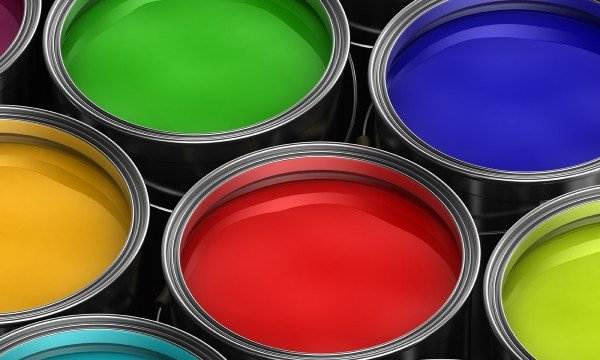Thinking of repainting a room? Get beyond merely slapping on plain old paint, be it flat or satin finish, and delve into the world of paint effects.
Here are some tips to getting started in the wonderful world of paint effects with stencilling, colour blocking, sponging and ragging.

1. Stencilling
Stencilling is relatively easy. Get stencils at a DIY store, fix them securely to the wall, and paint.
- You can get blocks, animal shapes, random patterns and more.
- The trick with stencils is to make sure it’s securely fixed to the wall and to paint with very little paint on the brush to avoid paint running and bleeding through to the underside of the stencil.
- Perhaps beginning with a few block stencils painted in a contrasting colour to the wall is the easiest place to begin.
- Get a number of stencils and allow used ones to dry before reusing.
2. Colour blocking
This may be even easier than stencilling.
- Use broad masking tape to block off sections of the wall, having used a pattern to pencil in the shape.
- Make sure the tape is even and flat to the wall, and paint the block in a contrasting colour to the walls.
- The patterns can be random.
- Or you can, for example, do a series of evenly spaced blocks along the skirting board.
3. Sponging
Get a paint effect sponge and a colour that contrasts with your wall paint colour; you can do dark on light or light on dark.
- Dip the bottom of the sponge into the paint, making sure to squeeze out any excess.
- Then dab the paint onto the wall, avoiding overlapping applications.
- You’ll get a mottled, random effect.
- Sponging works well if you start with a flat base and apply a satin or semi-gloss sponging effect.
4. Ragging
Get a lint-free rag and roll it into an irregular sausage shape. Let’s say you begin with a white wall painted in a flat finish, and then paint a semi-gloss bright blue on top.
- While the blue paint is still tacky, rub the rag over the paint (either vertically or horizontally) for a dabbing effect.
- The easiest way to ease into ragging is to tape-off broad sections of the wall and then apply the ragging effect to that section.
- You’ll have an interesting contrast between white walls and ragged ones.
A word to the wise: Before tackling any of these paint effects, do a practice run on a piece of dry walling. Don’t worry if you mess up. Paint over the flub and begin again.
Paint effects are an interesting, relatively easy way to turn plain walls into decorated walls. Take your time, experiment and enjoy.
